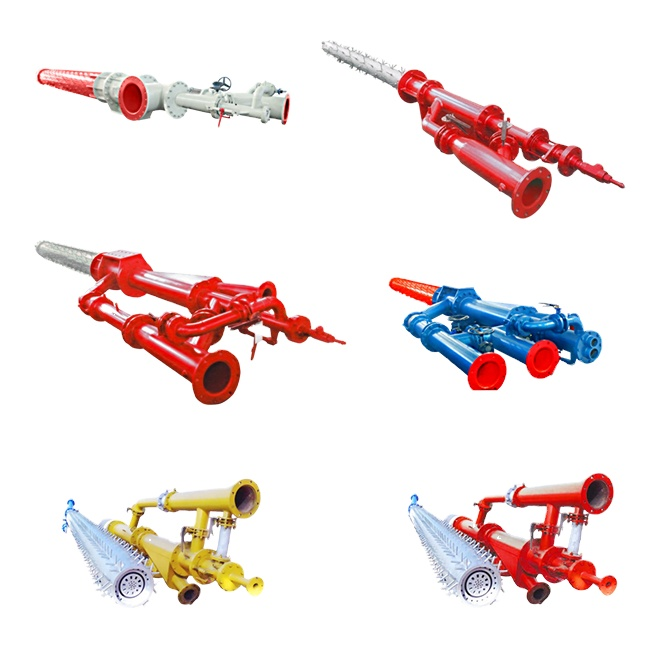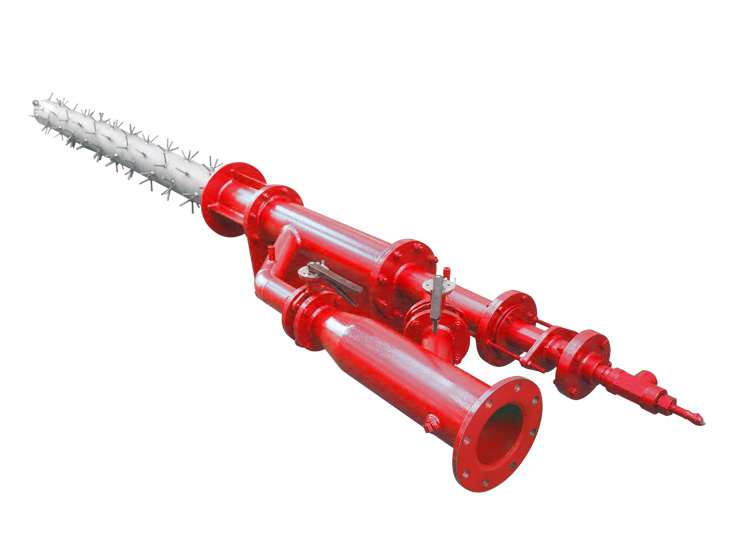
Most of the burners of the rotary kiln pass through the kiln head cover, extend into the kiln head cylinder, and heat the materials to the required temperature through flame and radiation. Burners have various forms such as coal injection pipes, oil spray guns, gas nozzles, etc., depending on the type of combustion. When the reaction temperature is low, a combustion chamber is set beside the kiln head cover to pass hot flue gas into the kiln to supply heat.
Advantages of multi-channel burners:
(1) Increase the mixing of pulverized coal and combustion air, increase the combustion rate, and the fuel will burn completely and stably.
(2) Increase the means of adjusting the air volume and wind speed of each channel to make the flame shape and temperature adjustment flexible and convenient, suitable for clinker calcination.
(3) The burner has a long service life.
(4) Protect the kiln lining material and prolong the service life of the lining.
(5) Stabilize clinker quality and increase system output.
(6) Simple structure, convenient maintenance and replacement, reducing the operating time of the system due to burner failure.
(7) Minimize the amount of primary air, increase the use of high-temperature secondary air, and increase the utilization rate of the heat recovered by the clinker.
(8) The system resistance is as low as possible to reduce the power consumption of the primary fan.
(9) It can reduce the emission of harmful substances (especially NOx).
(10) Low-grade fuel can be used to strengthen the comprehensive utilization of fuel, and lower equipment prices and maintenance costs.

Performance of three-air-channel rotary kiln burner:
Power range: 200~20000kW
Single burner adaptation: 500~10000t/d production line
Applicable fuel for three-channel burner:
•Pulverized coal, blue charcoal
•Natural gas, liquefied gas, coal gas, light hydrocarbon gas, etc.
•Light oil, heavy oil, residual oil, mixed oil
Rotary kiln burners are mainly used in:
Various types of kilns such as cement kilns, pellet kilns, lime kilns, lithium kilns, magnesia kilns, alumina kilns, chromium salt kilns, beneficiation kilns, etc. in the building materials, metallurgy, chemical, and electric power industries.
According to process requirements, it can be designed as two-air duct, three-air duct, four-air duct, and five-air duct burner.